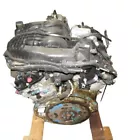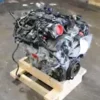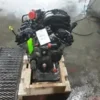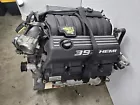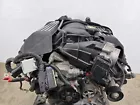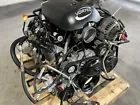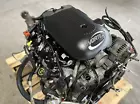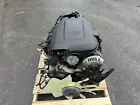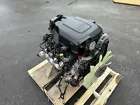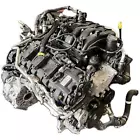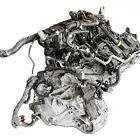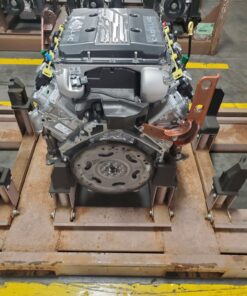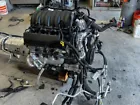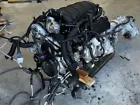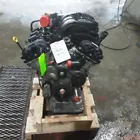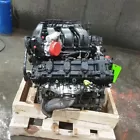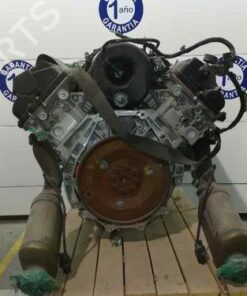Overview of the Caravan Journey 3.6L Engine Specifications
-
Displacement & Design
The Caravan Journey 3.6L Engine (3 604 cc) features DOHC architecture with 24 valves and Variable Valve Timing (VVT) -
Power & Torque Output
-
Standard models (2011–2020): ~283 hp @ 6400 rpm, 260 lb‑ft @ 4400 rpm
-
Some markets/specs list up to ~287 hp and ~353 Nm (~260 lb‑ft), depending on conversions
-
-
Transmission & Drive
-
Paired with a 6-speed automatic transmission (62TE).
-
Front-wheel drive configuration
-
-
Fuel Economy
-
City: ~12–17 mpg, Highway: ~18–25 mpg, Combined: ~20 mpg (approx.)
-
Notable Features On Caravan Journey 3.6L Engine
-
Pentastar Engine Family:
Introduced in 2011 as a modern replacement for older V6 engines in Dodge/Chrysler minivans, offering better efficiency and performance -
Engine Upgrades from 2016 Onwards
The 2016+ models received improvements such as upgraded VVT, variable valve lift, an improved intake manifold, pistons, injectors, and higher compression (10.2:1 → 11.3:1). Output increased, but flex‑fuel capability was dropped -
Interference Engine
The Caravan Journey 3.6L Engine is an interference engine, meaning valve-to-piston collisions can occur if timing fails—fortunately, it uses a durable timing chain rather than a belt
Maintenance Notes
-
Oil Capacity & Specs
Typically requires ~5 to 5.7 quarts of oil. Recommended viscosity: 5W‑20 (or 0W‑20 depending on climate), API rating SN or higher . -
Routine Service Intervals
-
Oil change every 6,000 mi (conventional) or 7,500–10,000 mi (synthetic)
-
Air filter: 15,000–30,000 miles.
-
Fuel filter and coolant flush: ~30,000 miles.
-
Spark plugs: ~100,000 miles
-
Summary Table
| Feature | Specification / Detail |
|---|---|
| Engine Type | DOHC V6 Pentastar 3.6L (3604 cc), VVT |
| Power & Torque | ~283 hp @ 6400 rpm; 260 lb‑ft @ 4400 rpm |
| Transmission | 6-speed automatic (62TE) |
| Drive Layout | Front‑wheel drive (FWD) |
| Fuel Economy (Est.) | 12–17 mpg city / 18–25 mpg highway |
| Interference Engine | Yes; uses timing chain |
| Oil Capacity | ~5 – 5.7 quarts |
| Maintenance Overview | Standard intervals for oil, filters, plugs etc. |
If you’d like, I can help you identify engine fits for a specific year of Caravan, explore common issues, or guide you through maintenance or repair tips. Just let me know!



